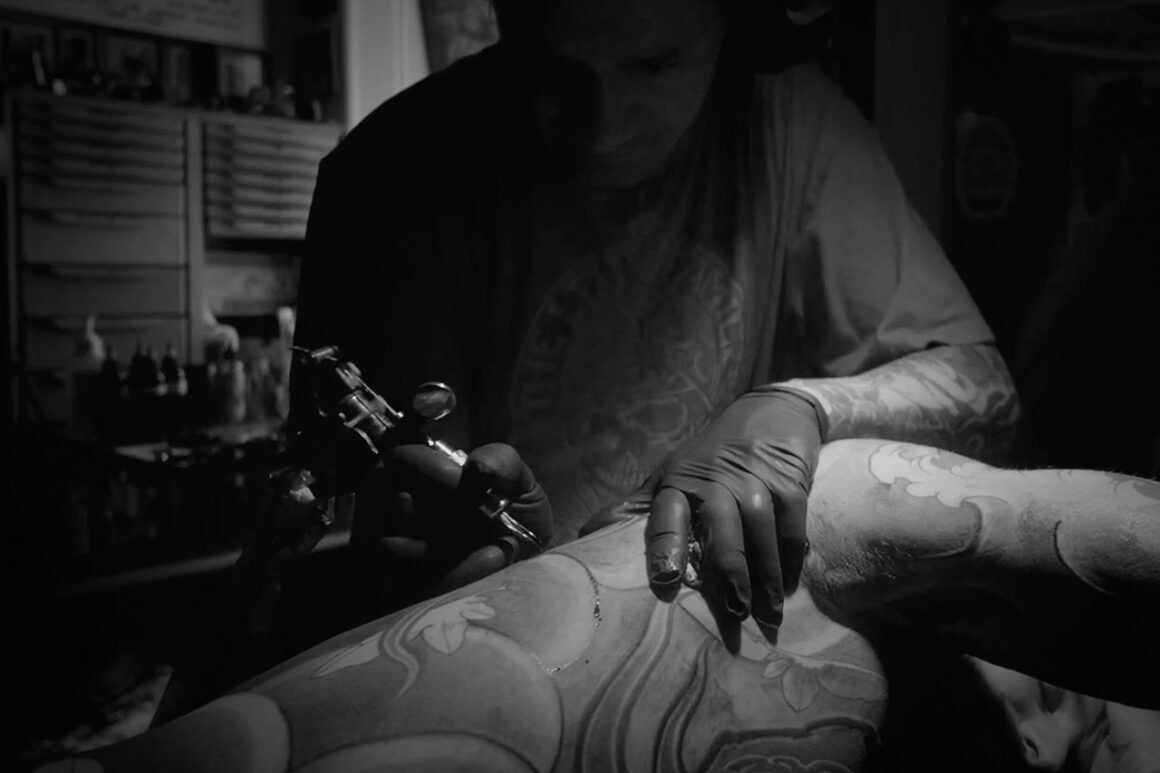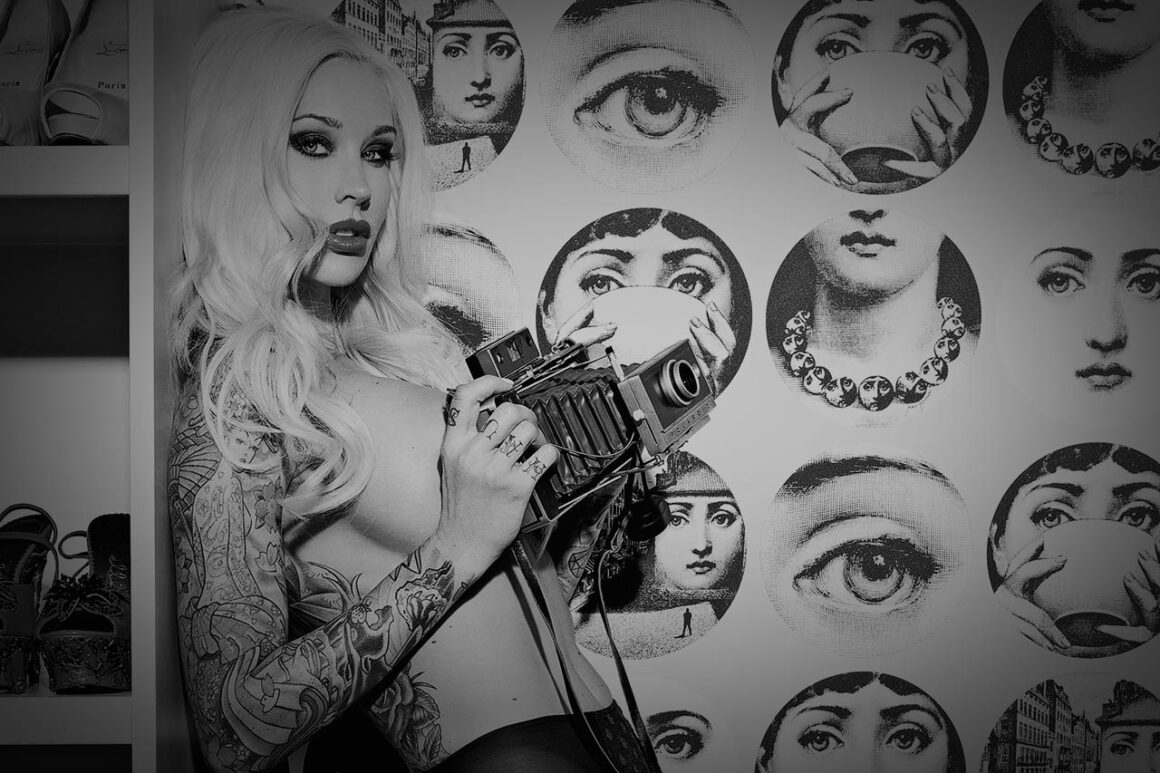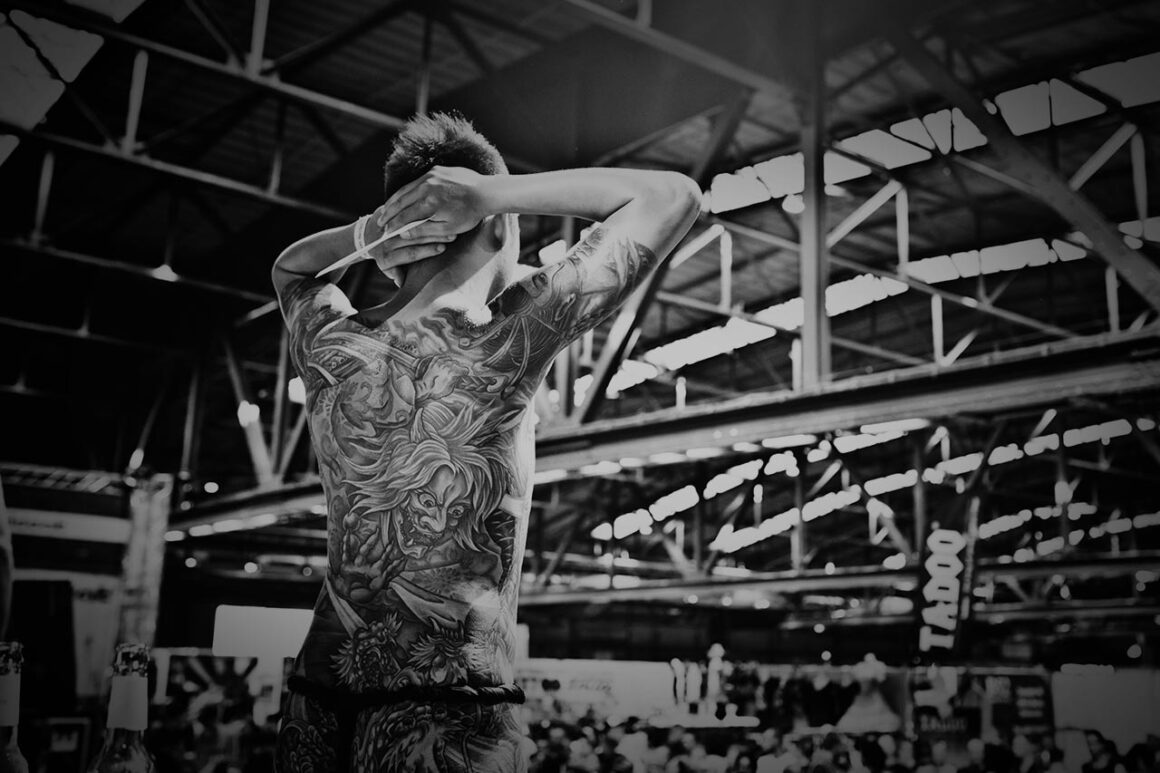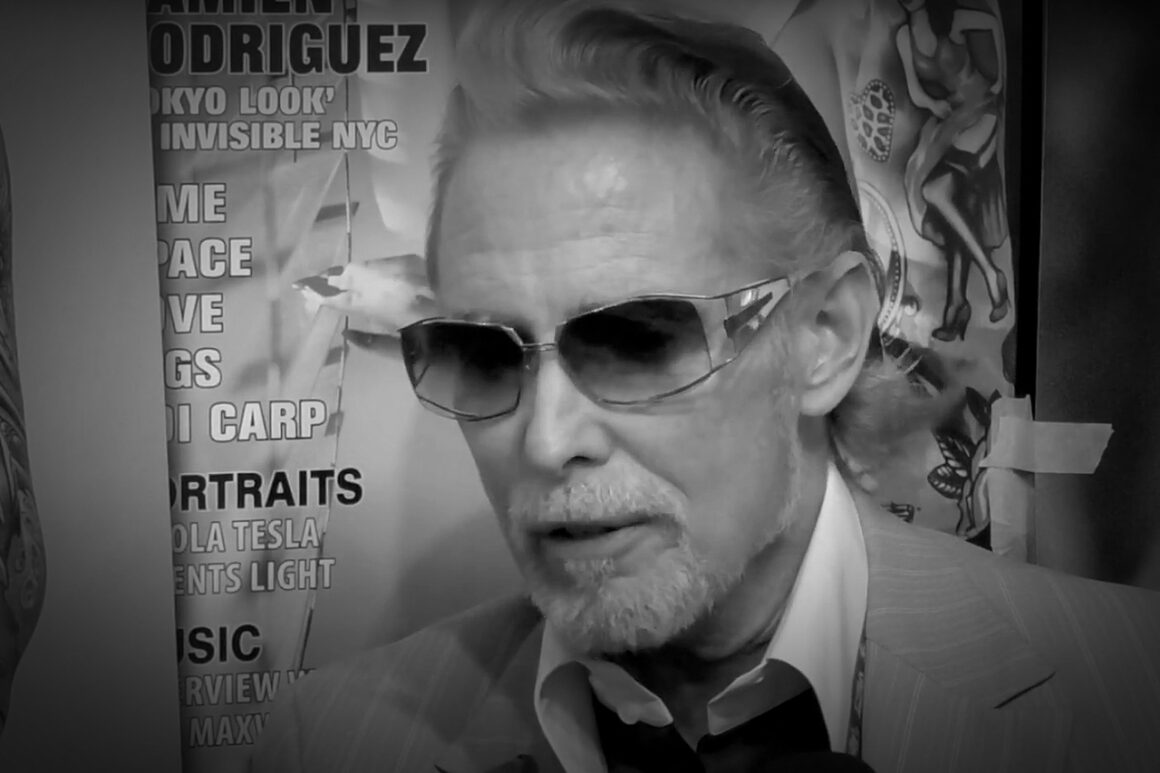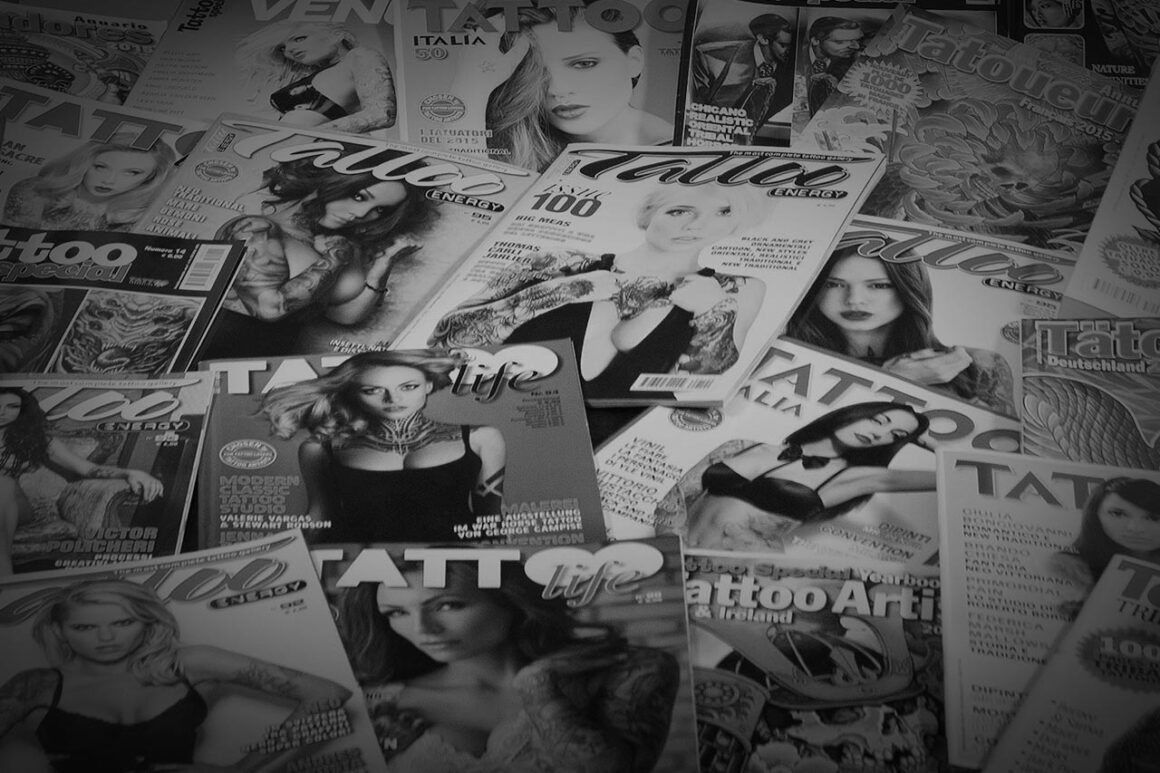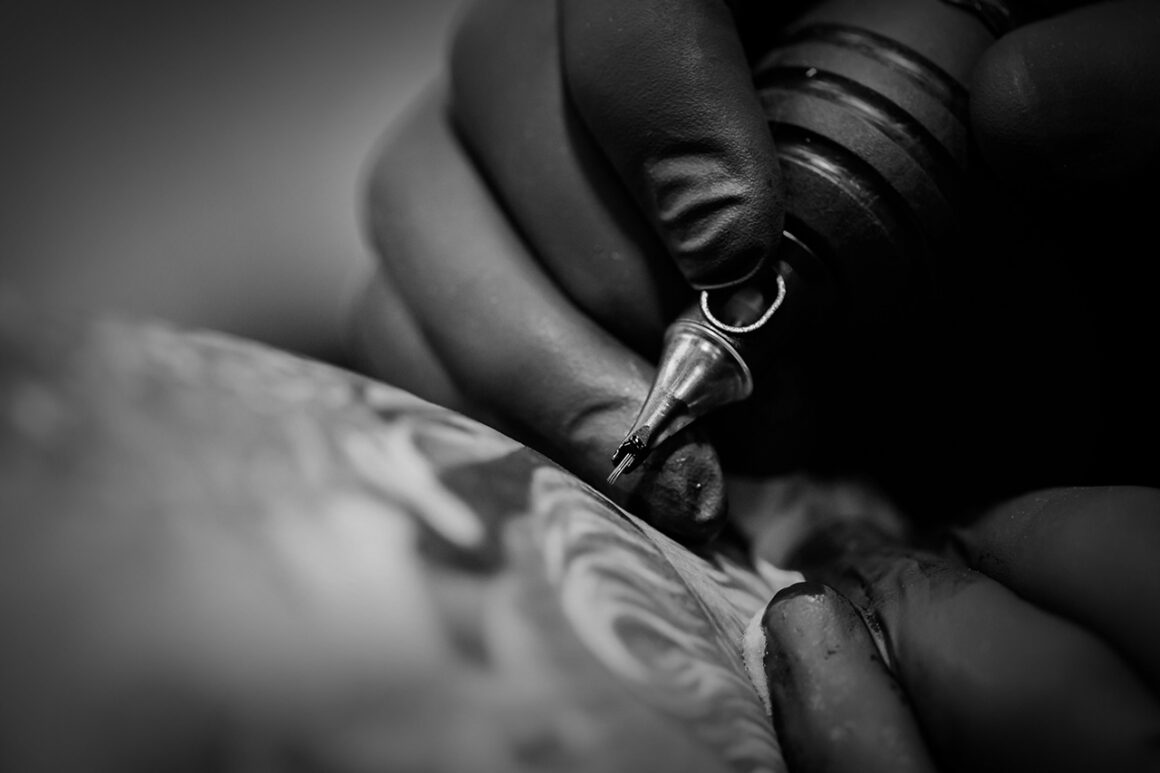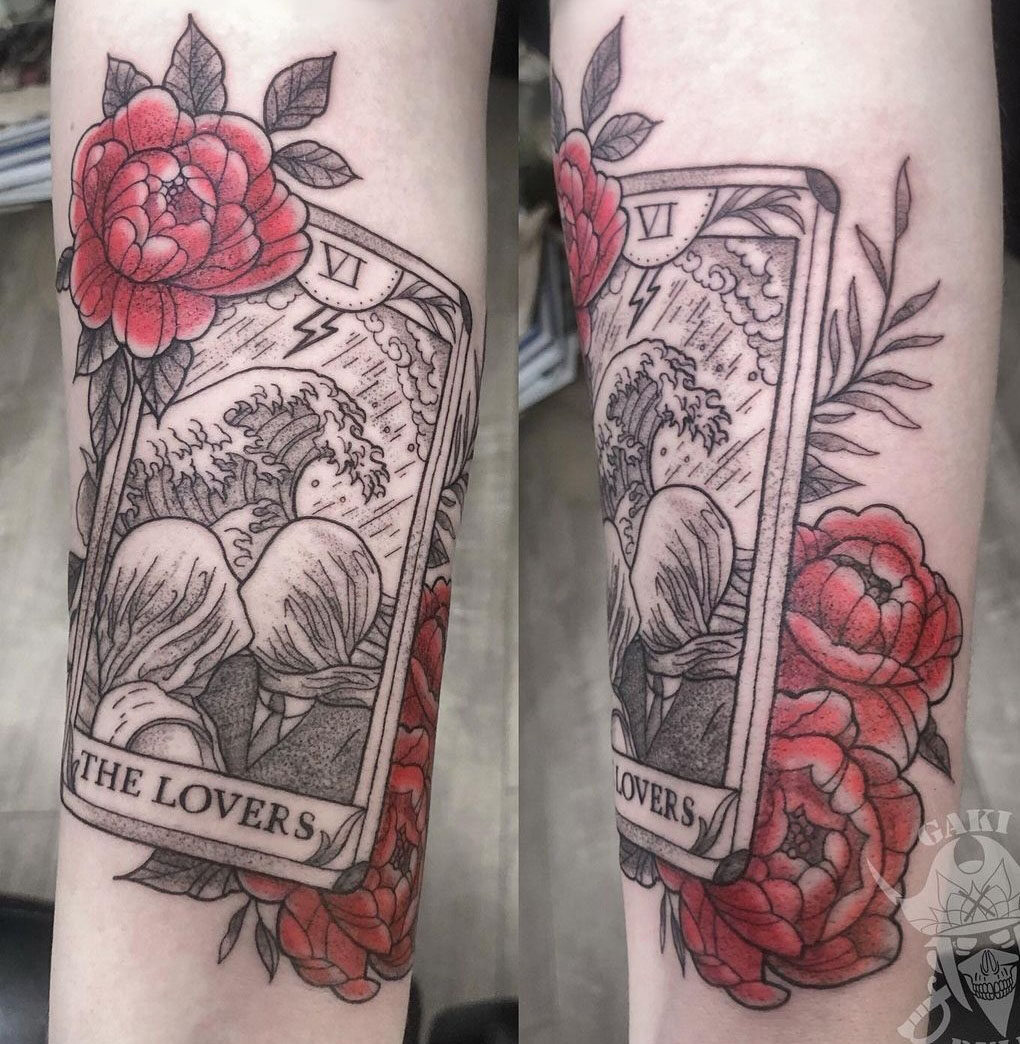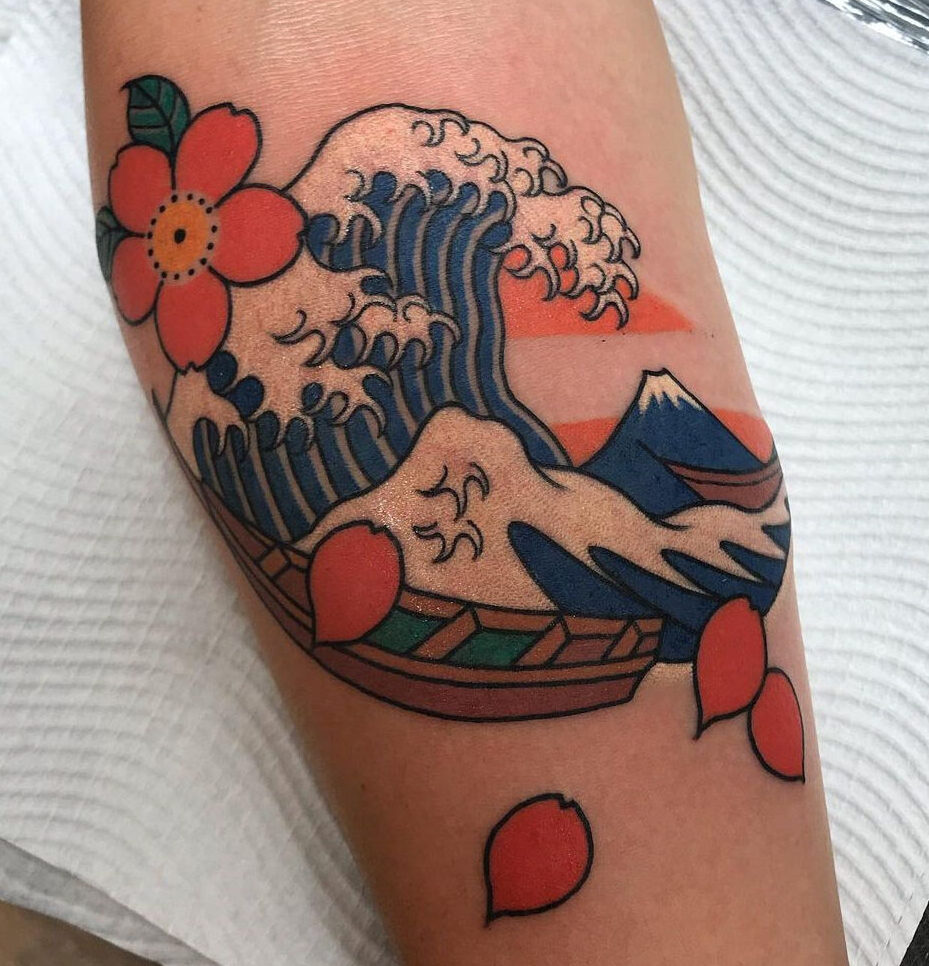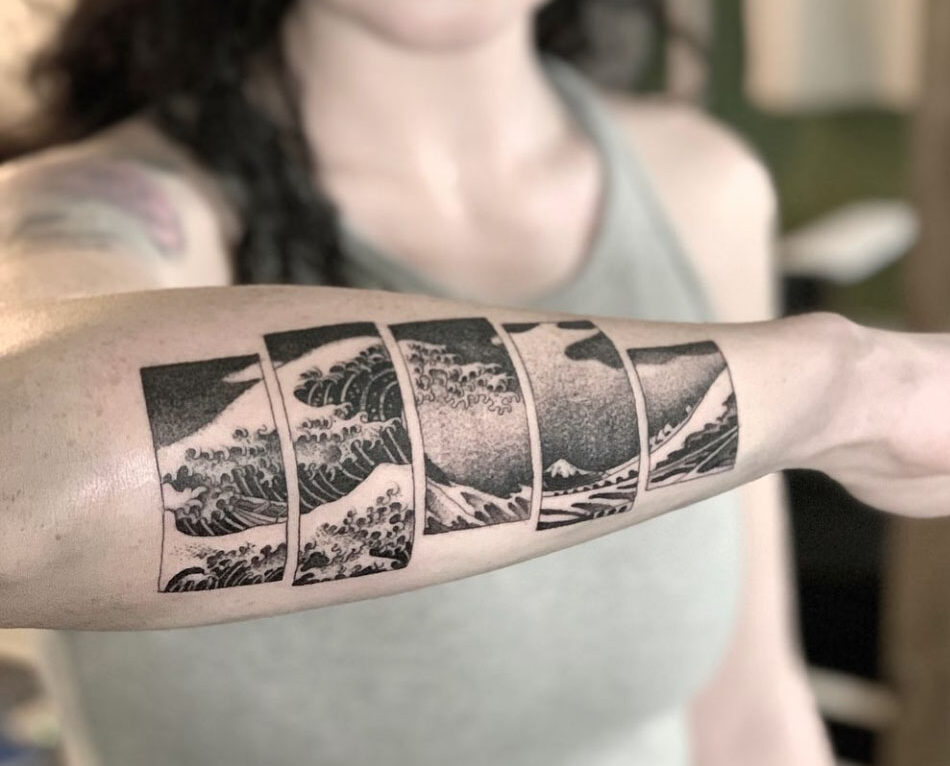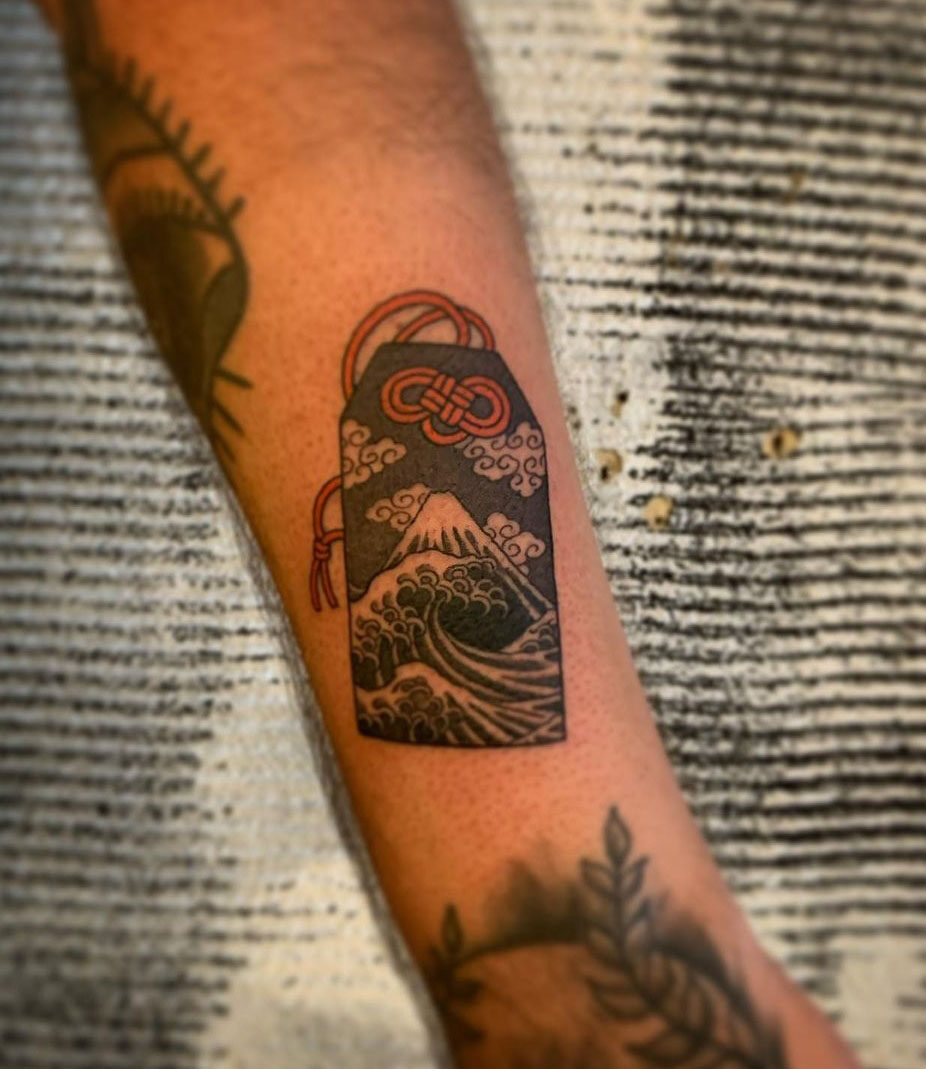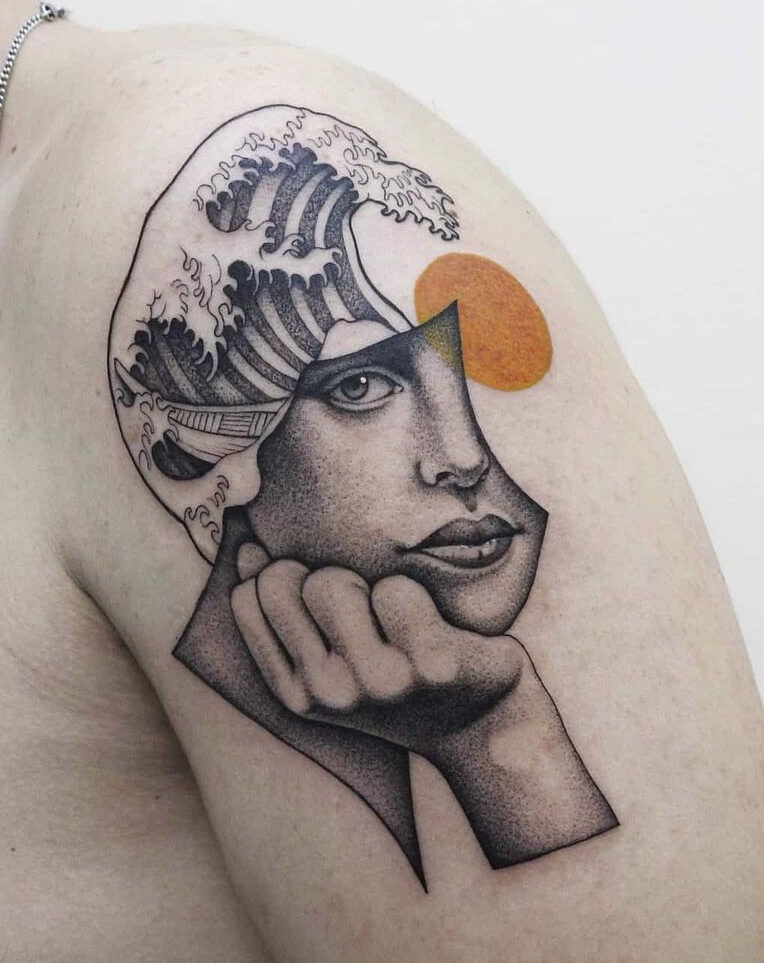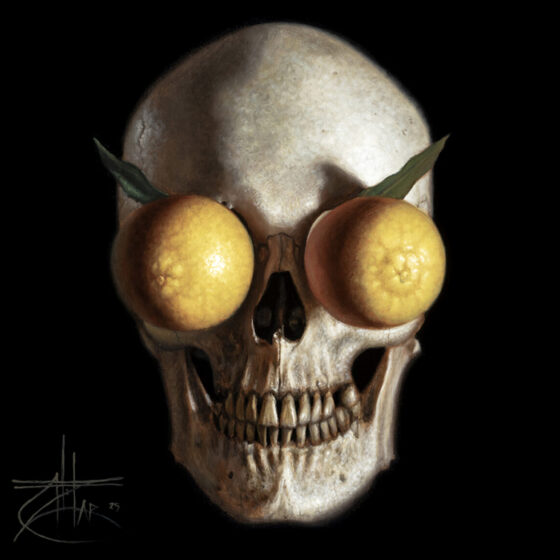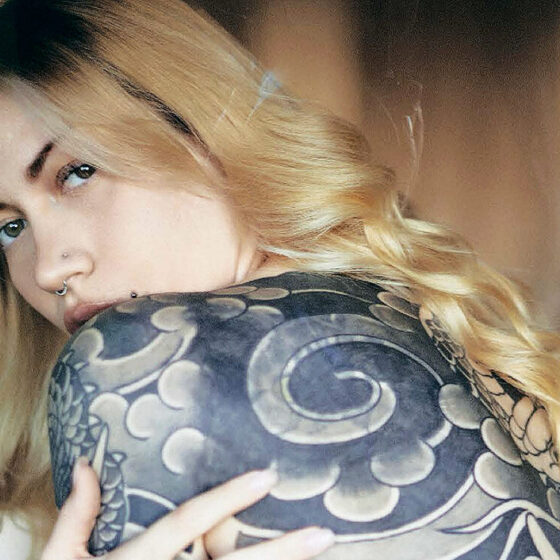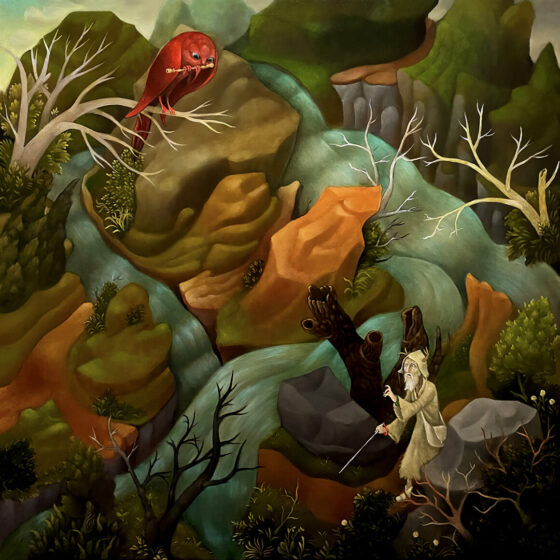This Autumn, over 100 newly rediscovered Hokusai drawings will be displayed for the very first time at the British Museum.
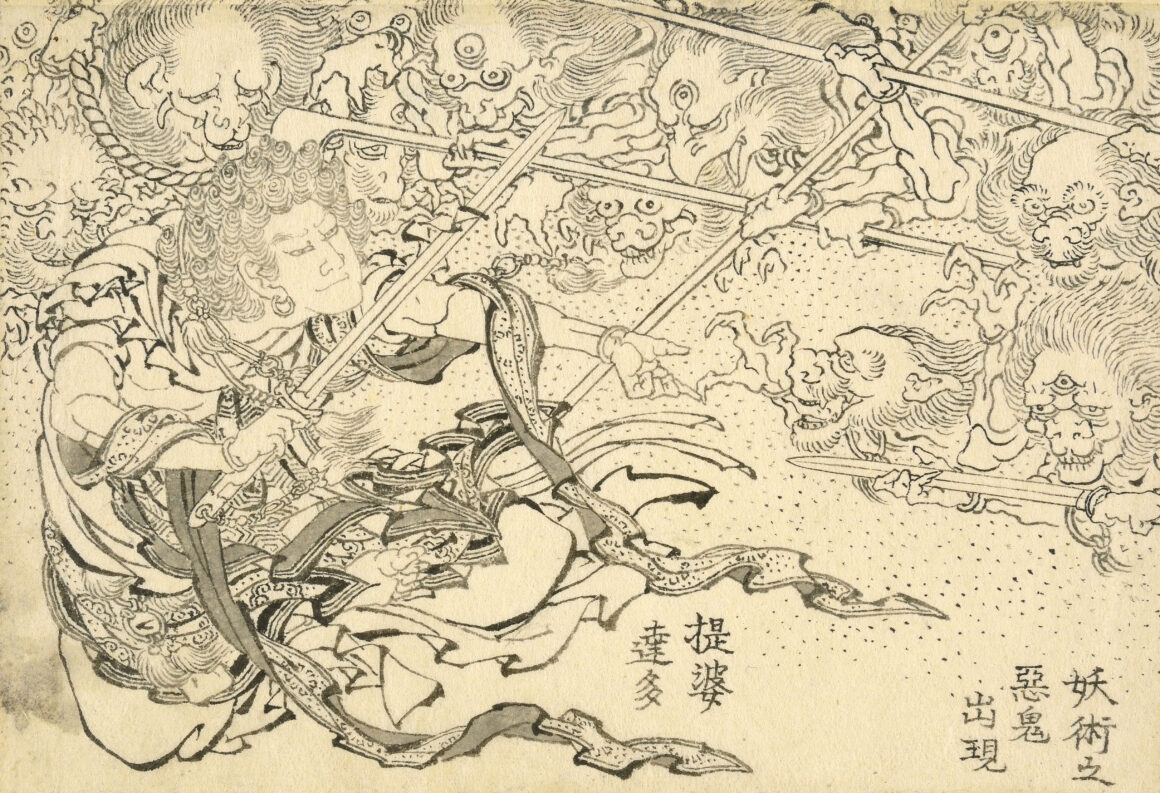
‘Devadatta surrounded by evil spirits’
Monk Devadatta (Daibadatta in Japanese) was by tradition the cousin and brother-in-law of Shakyamuni Buddha. In the Lotus Sutra he was the archetype of an evildoer. Here he holds sway over a variety of grotesque evil spirits.
Katsushika Hokusai (1760-1849) was one of the most prolific artists of the Edo period, creating some 30,000 works over the course of his career. Hokusai began making art at a young age and continued developing his craft until his death, aged 88. His best-known works include ‘The Great Wave off Kanagawa’ and ‘Fine Wind, Clear Morning’.
The 103 drawings on display were originally intended for an illustrated encyclopaedia, The Great Picture Book of Everything, a project which never came to fruition. The existence of the drawings had been long forgotten – they had disappeared after being snapped up at a Parisian auction in 1948 to a mystery buyer. Eventually they resurfaced in Paris in 2019, where they were secured by the British Museum.

‘Fumei Chōja and the nine-tailed spirit fox’
Fumei Chōja is the name given in Japan to Indian King Sutasoma. He holds a scroll, presumably used to conjure up the nine-tailed fox spirit that emerges out of clouds. Tales of fox spirits who took the form of beautiful women in order to cause mischief in India, China and Japan were popular in Japan in Hokusai’s day.
The postcard sized illustrations are lucky to have survived. The richly detailed line drawings were originally intended to be printed, but were instead stored away in a box. Had the book gone ahead for publishing, a professional block-cutter would have used the drawings as his guide, chiselling through the paper to create a printing block and destroying the fine paper drawings in the process.
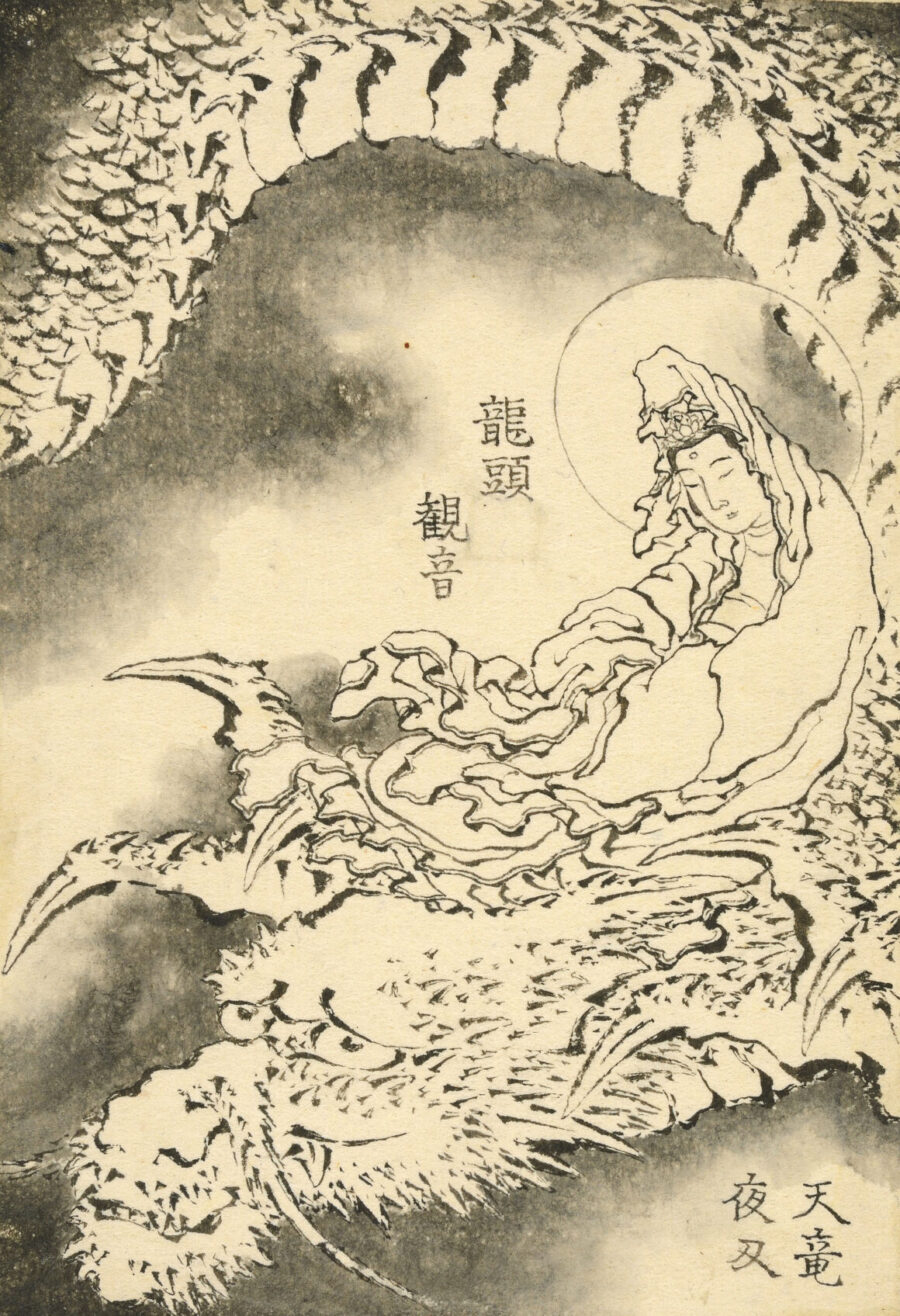
‘Dragon head Kannon’
In one of thirty-three manifestations of Avalokiteśvara (Kannon in Japanese), the Buddhist bodhisattva of compassion, the deity appears seated on the head of a dragon. A similar composition by Hokusai is included in the printed album Hokusai’s Album Drawn True-to-Life (Hokusai shashin gafu) published in 1814, although this brush-drawn version is superior. The modulated ink wash of the clouds and the dark scaling on the dragon’s body are particularly skilful.
The unique drawings include many subjects that have never been found in other Hokusai works. Images inspired by ancient China, Buddhist India and the natural world abound, from mythological figures to animals, birds and flowers.
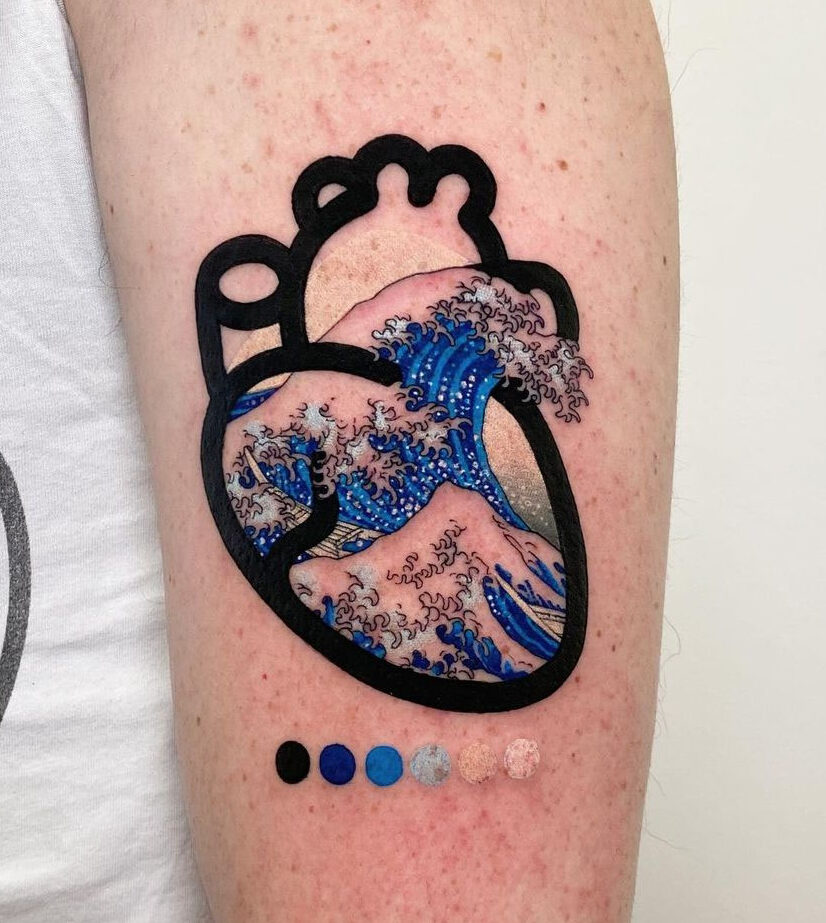
A major discovery, the drawings are helping experts piece together new information about Hokusai’s life and work. Since being acquired by the museum, further research has revealed that the illustrations were made in the 1840’s, when the artist was in his eighties.
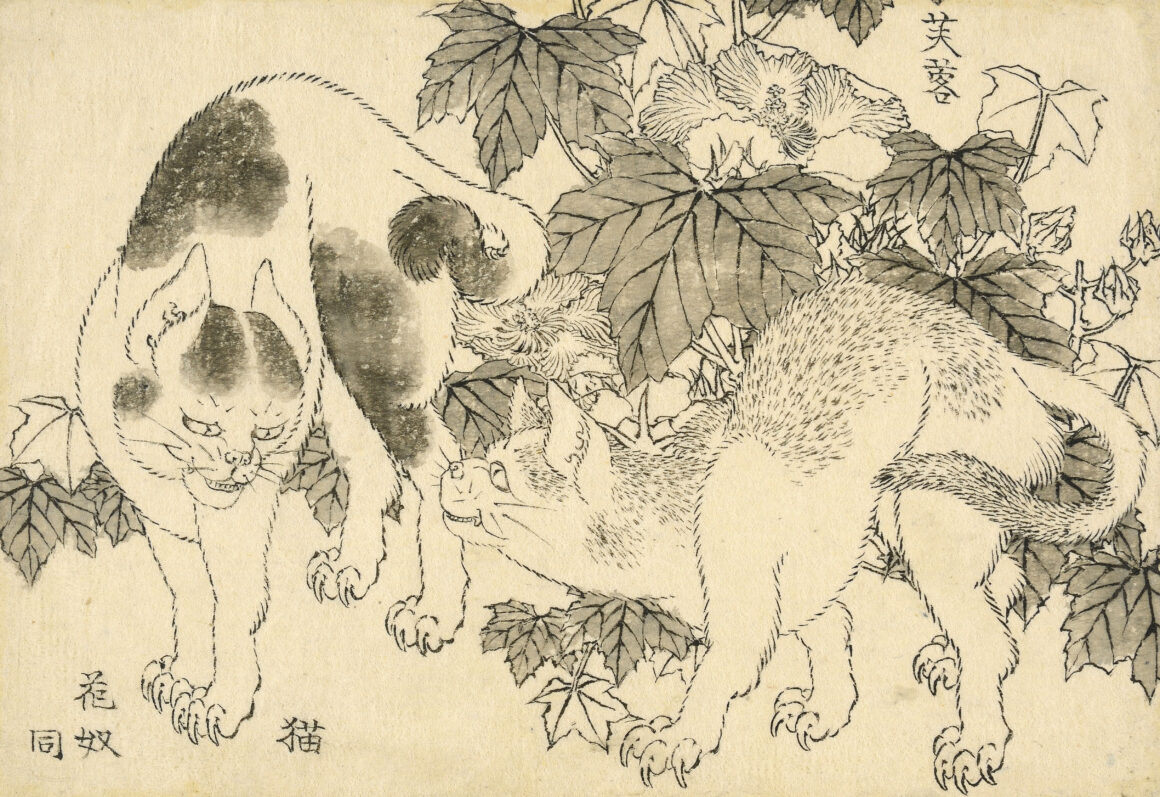
‘Cats and hibiscus’
A standoff between two cats, with hibiscus (fuyō) behind.
“Hokusai’s brush-drawings for The Great Picture Book of Everything burst with energy. As the artist himself hoped, each dot and each line almost seems to have a life of its own. This remarkable rediscovery will speak to anyone who loves Japanese art or simply the art of drawing.” Alfred Haft, Project Curator for Japanese Collections, British Museum.
Two versions of Hokusai’s iconic ‘Great Wave’ will also be displayed at the exhibition. All of the works can be viewed online for those further afield, and will be featured in an accompanying hardback book published by the British Museum.
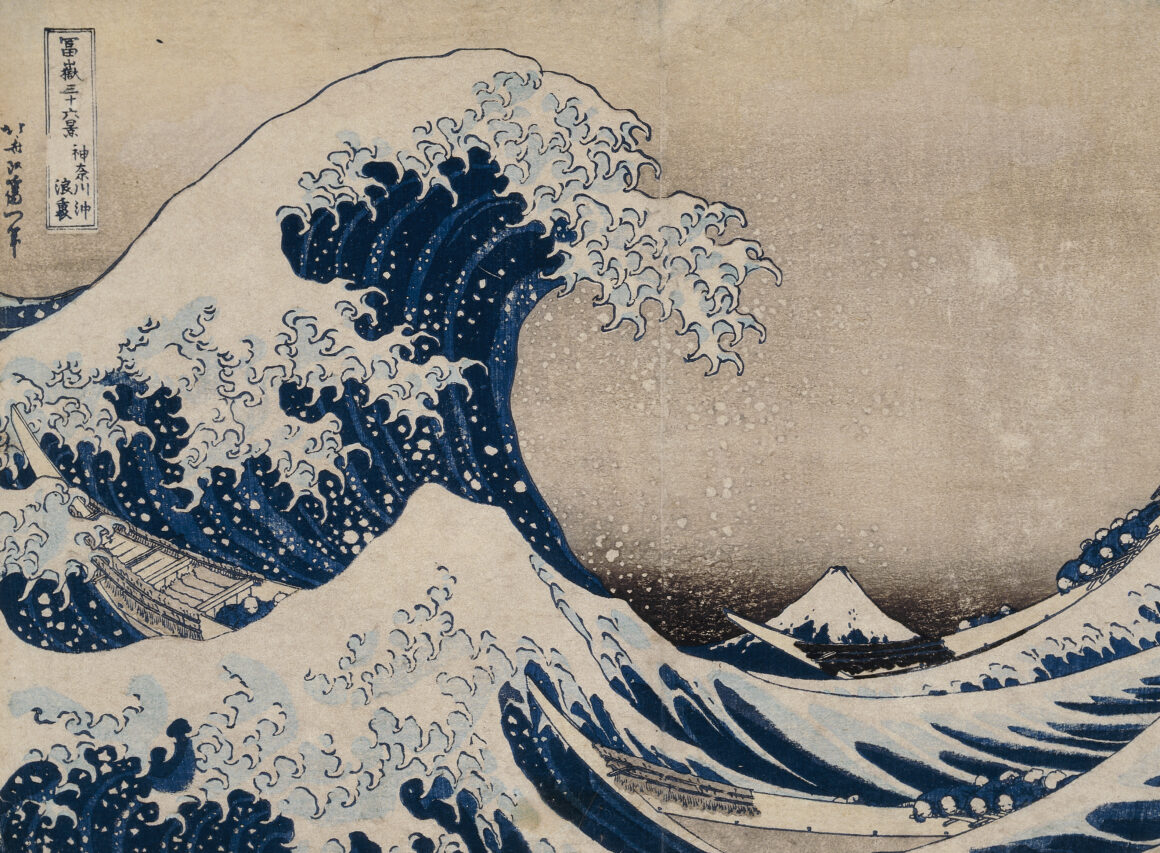
The beautifully illustrated book Hokusai: The Great Picture Book of Everything by Timothy Clark will be published by the British Museum in September 2021.
britishmuseum.org
